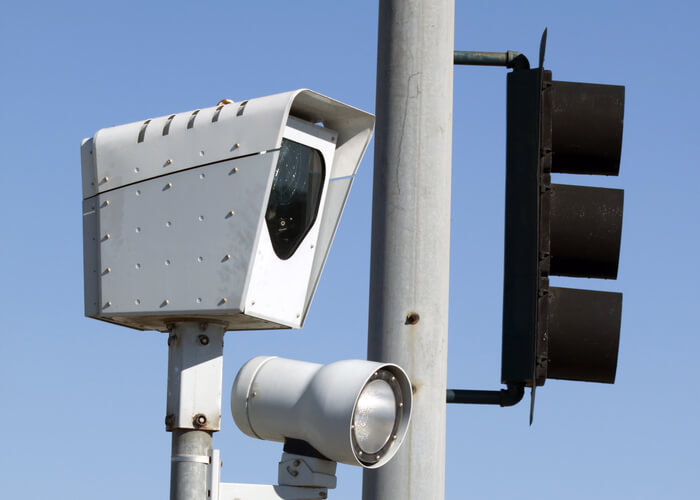If states need red light and speed cameras to generate revenue off of lawbreakers, but industry groups claim that the technology doesn’t temper the danger it claims it does, then what’s more important? Many municipalities across the country generate literally millions of dollars each year from drivers who run red lights or speed through sensitive traffic zones. The voters in these areas were sold on it through the safety claims of the private companies that created the technology. Yet so many independent research reports claim that accidents and near-misses remain problems after the cameras are installed. What’s to be done about it?
Recently, several state governors have proposed the idea that it’s a useless infringement of rights, even though they acknowledge that states and their cities have become reliant on the extra revenue. This has generated some heated debates in state houses around the country, as more and more states are taking action to ban the technology from being implemented further.
What states are currently employing speed and red light camera ticketing systems?
States that currently use one or both types of speed limit and red light cameras are as follows:
Rhode Island, New York, Pennsylvania, New Jersey, Delaware, Maryland, Washington D.C., Virginia, North carolina, Georgia, Alabama, Florida, Louisiana, Tennessee, Ohio, Illinois, Missouri, Iowa, Texas, Colorado, New Mexico, Arizona, California, Oregon, Colorado, and Washington.
What states are reviewing bills to scale back revenue generated from red light and speed cameras?
In 2012, these states are moving to ban or limit the revenue generated from speed and red light cameras:
Iowa, Missouri, Florida, Maryland, New Jersey, Alabama, Colorado, Illinois, Arizona and Tennessee.
Why the change of heart in deploying red light or speed cameras?
Even though many state budgets are experiencing shortfalls in their budgets, the recent conservative movement to secure individual rights from surveillance and limit government at both federal and state levels have generated a lot of sympathy from voters. Many critics of red light cameras view the technology as a way for law enforcement to game the system to their advantage and take the short route to easy money.
It’s obvious that technology like this is a big revenue generator for cities and states with anemic budget outlooks. One out of every five Americans lives in a community that pays a for-profit company to install and operate cameras that record traffic violations. Studies show that red light cameras alone can contribute up to $1.5 million dollars to civic budgets in cities of 300,000 or more. The money is there, but do the safety claims add up?
Some private analysis groups say “No.” The main problem exposed by studies from pro-consumer groups says that the practice can sometimes put profits ahead of safety and accuracy. In the past, red light camera companies have tampered with stoplight cycle times after revenue from tickets begin falling, by shortening the yellow light time.
Other findings by DOT studies cite that while red-light cameras make some intersections safer from serious or fatal accidents, they may cause an increase in rear-end collisions. Two other recent studies ” one from Washington, D.C., and another in Louisiana ” determined that red light cameras had no impact on the safety of an intersection at all.
So the issue is far from settled, but still, governors and lawmakers in many prominent US states have decided that they wish to limit the power and revenue red light and speed cameras generate. What do you think, truckers? Is this issue truly one of safety vs. money? Is there a better way to judge it? We want to know!
